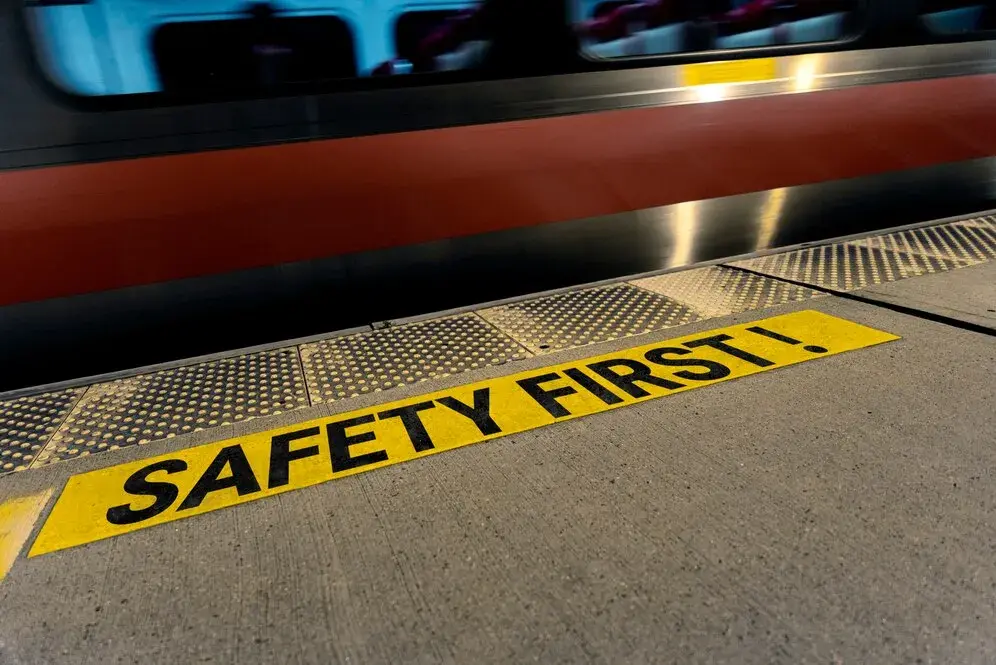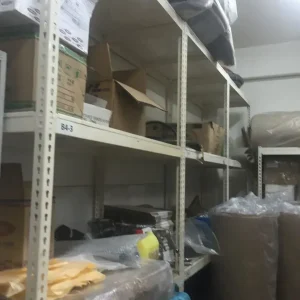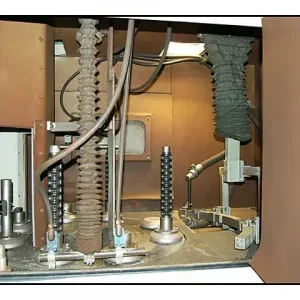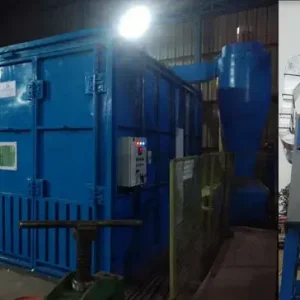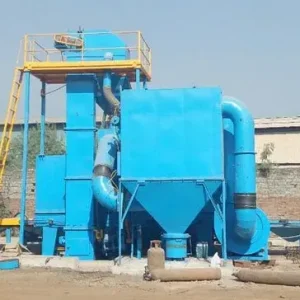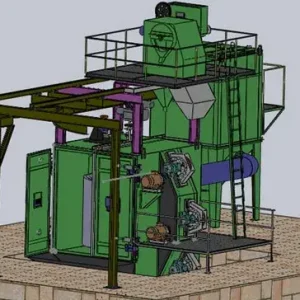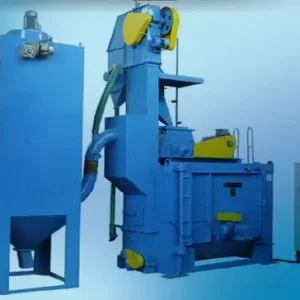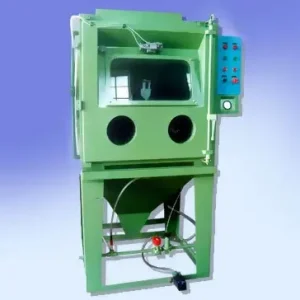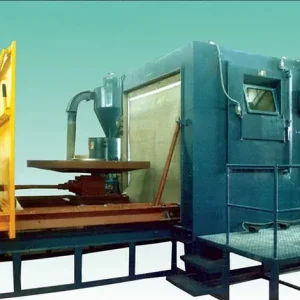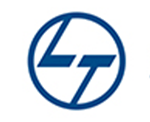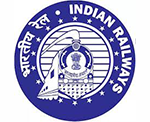Safety Precautions When Operating Shot Blasting Machines
Operating shot blasting machines requires strict adherence to safety protocols to protect operators, maintain equipment integrity, and ensure a safe working environment. Here are essential safety precautions to follow when operating shot blasting machines:
1. Personal Protective Equipment (PPE)
Description: Wearing appropriate PPE is critical to safeguard against potential hazards associated with shot blasting operations.
- Safety Glasses: Protect eyes from flying debris and abrasive particles.
- Hearing Protection: Use earplugs or earmuffs to protect against high noise levels.
- Respiratory Protection: Wear masks or respirators to avoid inhaling dust and fine particles.
- Protective Clothing: Use durable, long-sleeved clothing, gloves, and steel-toed boots to protect skin and feet.
Benefits:
- Reduces the risk of injuries and exposure to harmful materials.
- Ensures compliance with workplace safety regulations.
- Enhances overall safety and well-being of operators.
2. Machine Safety Guards and Shields
Description: Ensure all safety guards and shields are in place and functioning correctly before operating the machine.
- Blast Cabinet Doors: Ensure doors are securely closed and sealed during operation to prevent abrasive particles from escaping.
- Safety Shields: Use safety shields to protect operators from flying debris.
- Emergency Stop Buttons: Make sure emergency stop buttons are easily accessible and functioning properly.
Benefits:
- Prevents accidental exposure to hazardous materials.
- Enhances protection against mechanical and operational hazards.
- Allows for quick shutdown in case of emergencies.
3. Regular Maintenance and Inspections
Description: Conduct regular maintenance and inspections to ensure the machine operates safely and efficiently.
- Routine Checks: Inspect blast wheels, nozzles, hoses, and dust collection systems regularly.
- Maintenance Schedule: Follow the manufacturer’s recommended maintenance schedule for lubricating parts, replacing worn components, and checking electrical systems.
- Documentation: Keep detailed records of maintenance and inspection activities.
Benefits:
- Prevents unexpected breakdowns and operational hazards.
- Ensures the machine operates at peak efficiency.
- Extends the lifespan of the equipment.
4. Proper Training for Operators
Description: Provide comprehensive training for all operators to ensure they understand how to use the machine safely and effectively.
- Operational Training: Train operators on proper machine operation, including starting, stopping, and adjusting settings.
- Safety Procedures: Educate operators on safety procedures, emergency protocols, and the use of PPE.
- Continuous Education: Offer ongoing training and refresher courses to keep operators updated on best practices and safety standards.
Benefits:
- Reduces the risk of operator errors and accidents.
- Ensures consistent and safe machine operation.
- Enhances overall workplace safety culture.
5. Control Dust and Ventilation
Description: Proper dust control and ventilation are essential to maintain a safe and healthy working environment.
- Dust Collection Systems: Use high-efficiency dust collection systems to capture and remove airborne particles.
- Ventilation: Ensure adequate ventilation to keep dust levels low and maintain air quality.
- Regular Cleaning: Clean the work area and machine regularly to prevent dust accumulation.
Benefits:
How Blast Rooms Help Reduce Environmental Pollution
Common Shot Blasting Machine Problems and How to Fix Them
What is Sand Blasting? Key Processes Explained
- Protects operators from respiratory hazards.
- Improves air quality and overall workplace safety.
- Reduces the risk of dust-related equipment issues.
6. Monitor and Control Noise Levels
Description: Shot blasting machines can generate high noise levels, which can be harmful over prolonged exposure.
- Noise Barriers: Install noise barriers or soundproofing materials around the machine to reduce noise levels.
- Hearing Protection: Ensure operators use appropriate hearing protection, such as earplugs or earmuffs.
- Regular Monitoring: Monitor noise levels regularly to ensure they remain within safe limits.
Benefits:
- Protects operators from hearing damage.
- Ensures compliance with occupational noise exposure standards.
- Creates a more comfortable and safer working environment.
7. Implement Safe Operating Procedures
Description: Establish and enforce safe operating procedures for all aspects of the shot blasting process.
- Startup and Shutdown Procedures: Follow proper procedures for starting and shutting down the machine.
- Loading and Unloading: Use safe methods for loading and unloading parts to prevent injuries.
- Emergency Protocols: Have clear emergency protocols in place and ensure all operators are familiar with them.
Benefits:
- Reduces the risk of accidents and injuries.
- Ensures smooth and safe operation of the machine.
- Provides clear guidelines for operators to follow.
8. Emergency Preparedness
Description: Be prepared for emergencies by having the necessary equipment and protocols in place.
- First Aid Kits: Ensure first aid kits are readily available and stocked.
- Fire Extinguishers: Have fire extinguishers accessible in case of fire.
- Emergency Contacts: Keep a list of emergency contacts and procedures easily accessible.
Benefits:
- Provides quick response to accidents and injuries.
- Ensures preparedness for fire or other emergencies.
- Enhances overall workplace safety and readiness.
Conclusion
Ensuring the safety of operators and maintaining the integrity of shot blasting machines requires a comprehensive approach that includes wearing appropriate PPE, maintaining machine safety guards, conducting regular maintenance and inspections, providing proper training, controlling dust and ventilation, monitoring noise levels, implementing safe operating procedures, and being prepared for emergencies. By following these safety precautions, you can create a safer work environment, protect your workforce, and ensure the efficient and reliable operation of your shot blasting equipment. Leading manufacturers like AeroWheel Surface Finishing, Wheelabrator, Rosler, Goff Inc., and Sinto America offer robust safety features and support to help you maintain high safety standards in your operations.

